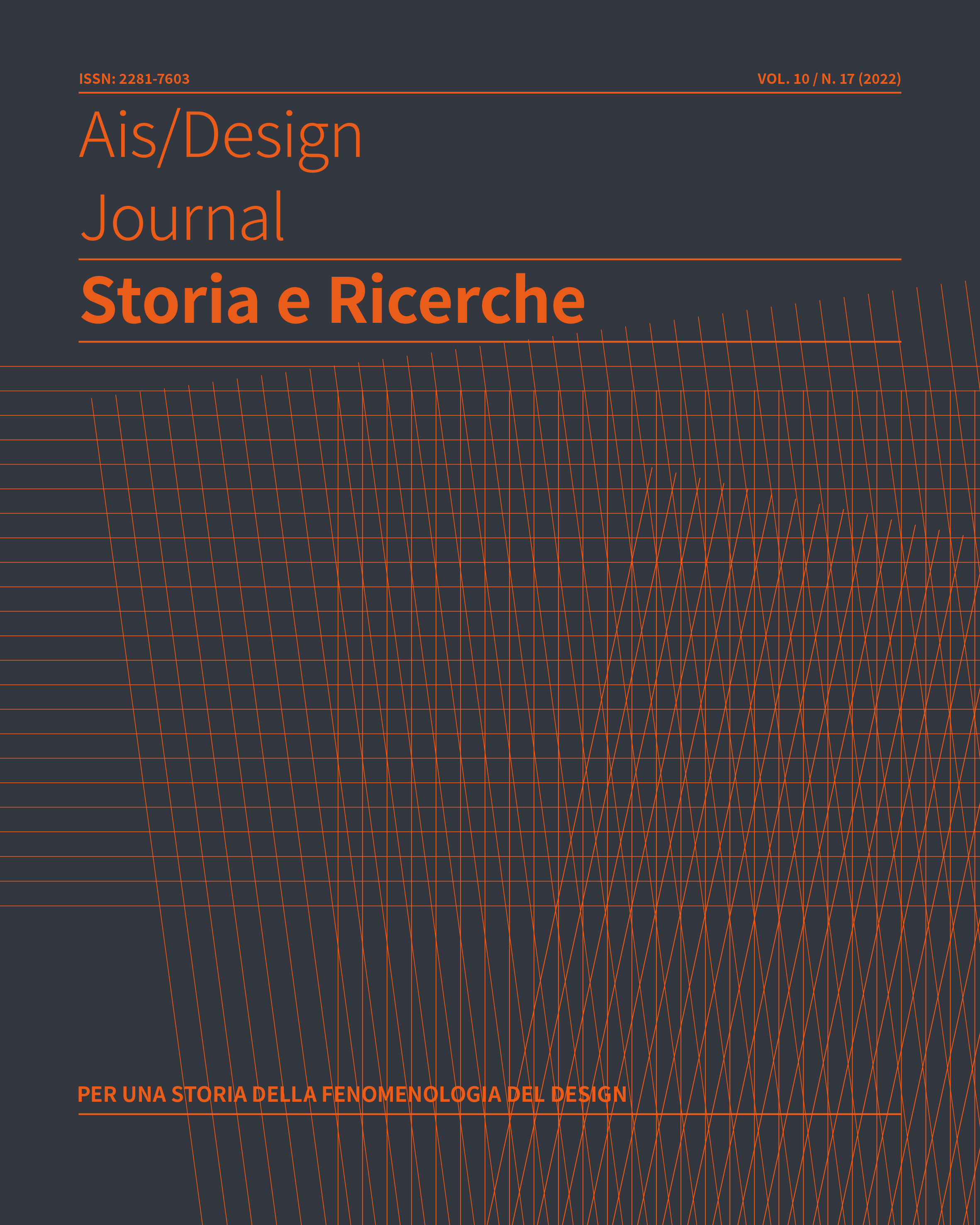The sense of design
Abstract
We are surrounded by all kinds of objects: lamps, tables, cars, household appliances, cell phones, and more. Yet for only a few of them are we willing to use the word design. To be “design” an object must not only be industrially projected and produced, it must have something more. But what does this quid consist of? How do we recognize design? Here is where a seemingly merely technical question such as design becomes a semiotic problem in an instant.
To address it we will start with a design object that everyone recognizes as such and try to move backwards, deconstructing it so as to see how the traits it manifests can create precise meaning effects. The point is not what it means, but how it does it, that is, what semiotic processes are triggered from its material articulation. For us, this object is the famous Arco designed in 1962 by Achille and Pier Giacomo Castiglioni for Flos.
Copyright (c) 2022 Dario Mangano

This work is licensed under a Creative Commons Attribution-NonCommercial-NoDerivatives 4.0 International License.
Creative Commons NonCommercial-NoDerivates 4.0 international License (CC BY-NC-ND 4.0).


